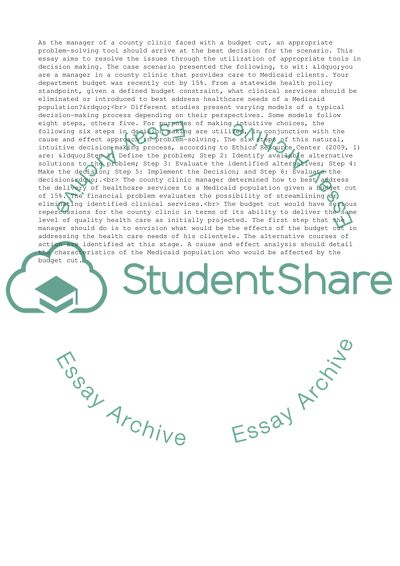Cite this document
(“Decision Making and Appropriate Problem Solving Tools Essay”, n.d.)
Retrieved from https://studentshare.org/management/1558180-decision-making-case-study
Retrieved from https://studentshare.org/management/1558180-decision-making-case-study
(Decision Making and Appropriate Problem Solving Tools Essay)
https://studentshare.org/management/1558180-decision-making-case-study.
https://studentshare.org/management/1558180-decision-making-case-study.
“Decision Making and Appropriate Problem Solving Tools Essay”, n.d. https://studentshare.org/management/1558180-decision-making-case-study.


